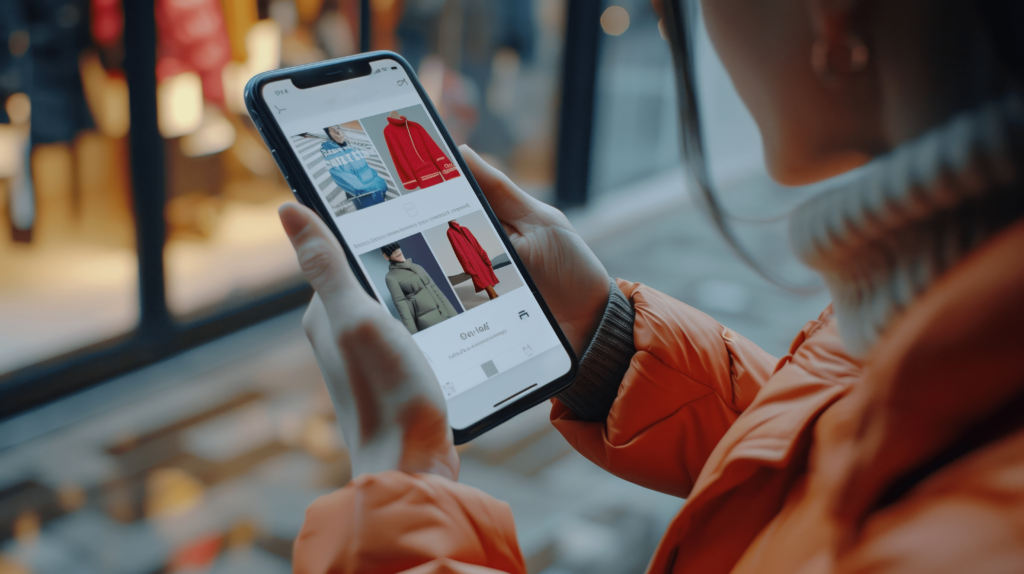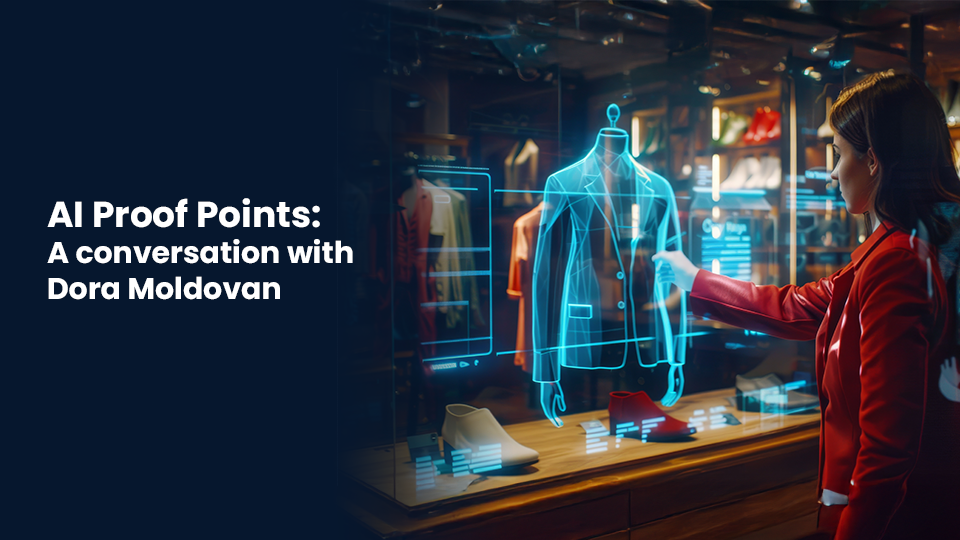In June, we had the pleasure of attending the CommerceNext Growth Show in New York. As a global company with people and customers on both sides of the “pond” we love these events as it gives us a chance to connect face-to-face with the Taggstar team, partners, and of course great retailers and brands.
This time, we were especially thrilled that our very own CRO, Pete Buckley, had the opportunity to participate in a quick-fire session on how to optimise the customer journey. During his 4 minutes of fame, Pete shared what social proof is (and what it is not) and provided a few best practice use cases for how retailers and brands like Revolve, Fabletics and Living Spaces use social proof messaging to deliver better shopping experiences that increase conversions and sales.
Here’s a breakdown of what he covered and links to each snippet. Check it out and let us know what you think.
What Social Proof is Not
We often get asked if social proof is like “trending” or best-selling” badging. Sometimes the easiest way to explain what social proof is, is to talk about what it is not.
What Social Proof Is
How social proof helps shoppers make better and more confident purchase decisions by providing an authentic snapshot of the behaviours of other shoppers in real-time.
Product List Page (PLP) Use Case
You can supercharge the PLP by combining aggregated reviews and ratings with social proof messaging.
Product Detail Page (PDP) Use Case
Learn how personalised and quantifiable social proof is used on the PDP to boost conversions.
Placement, Design and Tone
When it comes to social proof messaging, placement, frequency, design, tone and user experience matter, but what matters the most?




